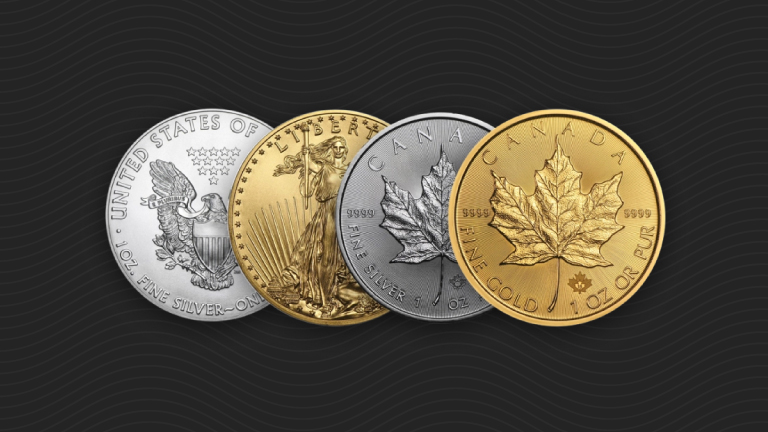What’s Holding Gold Back?
By Peter Schiff
Gold first broke $1,200 on December 2, 2009; nine months later, instead of witnessing the birth of the full-on gold boom I have long anticipated, the yellow metal has gained a modest 4%. Fortunately, it has spent the summer solidly above $1,150, which should put to rest the claim that we are seeing an exponential gold bubble like we saw in 1980. And those waiting for the “big pullback” to $8-900 might be seeing the futility in their cause. But I never doubted the strength of this secular bull market. In fact, I still maintain that gold is grossly undervalued. So, what’s holding gold back?
First, it’s important to account for the season. While everyone is at the beach, on their boats, or switching apartments, very few are out buying gold. June and July have always been low-volume months in the gold market. August tends to pick up a bit, and then by September, we’re off to the races. The fact that gold hasn’t had a major pullback this summer is very bullish for the fall.
But the bigger factor affecting gold’s price is the US bond bubble. Spooked by global market volatility, and deceived by the Fed’s continued intervention to keep bond yields farcically low, private investors seem to have made a ‘flight to safety’ into Treasuries. In the past, this may have been a prudent move; but today, the government bond market is about as safe as walking alone at night in downtown Detroit.
Despite massive capital inflows, the US dollar is losing ground to the yen, Swiss franc, Aussie dollar, loonie, yuan — and gold. The state of our public finances is extremely weak. In the FY2010 budget, the federal government is spending 49% more than it is taking in revenue per year, adding to a national debt that is now 98.5% of GDP. Compare this to Greece, which is spending 33.5% more than revenue and has a debt of 113% of GDP. And the political climate here is just as hostile to even the mention of austerity. Unlike the EU, the US has guaranteed the ongoing viability of mortgage holders, major corporations, the states, and its own bloated social programs. Unlike Japan, the citizens can’t be persuaded to shoulder these burdens because they are broke too.
If the ratings agencies were honest, they’d rate US debt as ‘junk.’ Of course, the first characteristic of a bubble is that the vast majority can’t recognize that it is one. Bubbles depend on confidence to grow, and quickly pop when that confidence disappears. The People’s Bank of China, the #1 holder of US debt, has spent the summer quietly selling Treasuries. Japanese holders of US bonds (#2 in the world) are getting clobbered as the yen surges. This could be the beginning of the end of the US bond bubble. When it collapses, private investors, institutions, and central banks will be trampling on each other trying to reach the exit.
Many analysts think that a coming wave of consumer price deflation is going to upset this forecast. Under this scenario, falling prices for real estate, commodities, stocks, and even precious metals would leave investors with little choice but to accept the near-zero interest but guaranteed return on principal that Treasuries provide. However, Fed Chairman Bernanke has pledged to paper the world with new dollars if he sees so much as an hint of deflation. This is a virtual guarantee, from the only man with the power to make it, that Treasuries will be a bad bet under his tenure and that the dollar will fall relative to gold. Gold will be the real safe haven.
We saw gold had its big move up when naturally skeptical private investors dumped soft assets in the wake of the credit crunch. In other words, the smart money is already in gold. Now, we are going to see the slow hiss of investors escaping the Treasury bubble for gold, until the big burst that sends all commodity prices into the stratosphere. Goldman Sachs commodities analysts said as much in a recent research report, anticipating a spot price of $1,300 by the end of this year. Buyers of gold futures are betting that it will go ever higher by then, to $1,500.
I maintain, based on historical comparisons, that the bottom of this depression will likely see the dow/gold ratio hit 1:1. This means that we are either in for a major decline in the Dow (unlikely) or an unprecedented rise in gold (likely). The US bond bubble is just like its predecessors in real estate and tech — tedious to wait out but quick to blow up. Gold may be holding back now, but when the markets start to move, you better hope you chose the right safe haven.
Follow us on Twitter to stay up-to-date on Peter Schiff’s latest thoughts: @SchiffGold
Interested in learning about the best ways to buy gold and silver?
Call 1-888-GOLD-160 and speak with a Precious Metals Specialist today!

